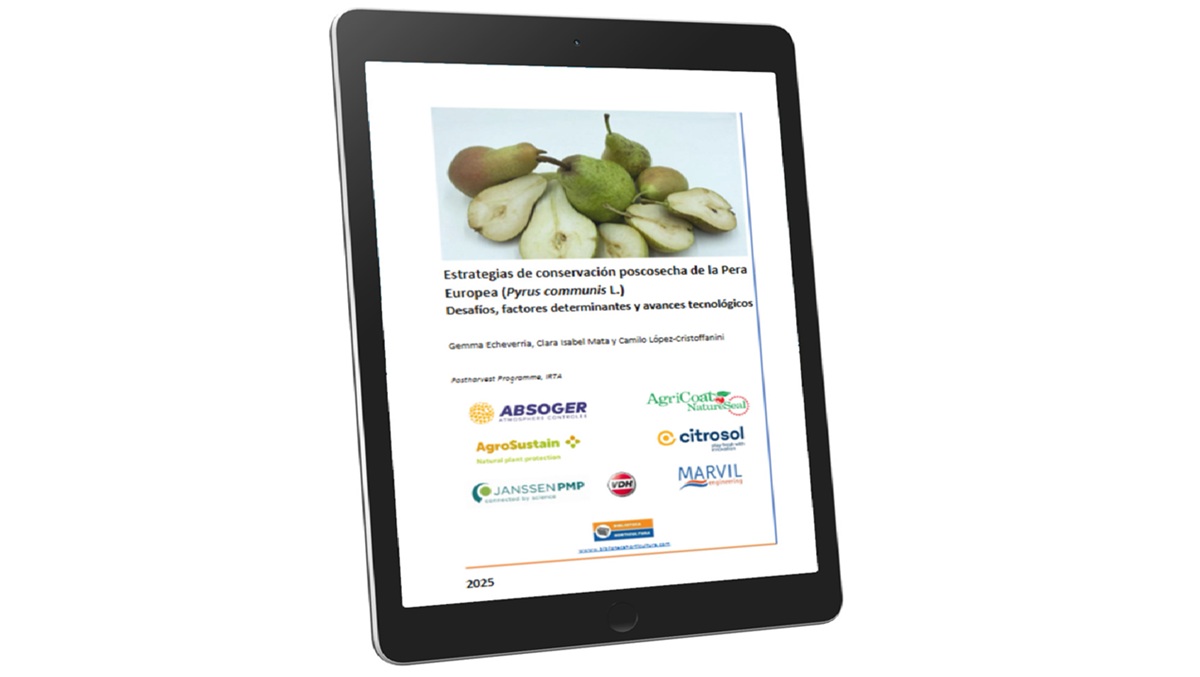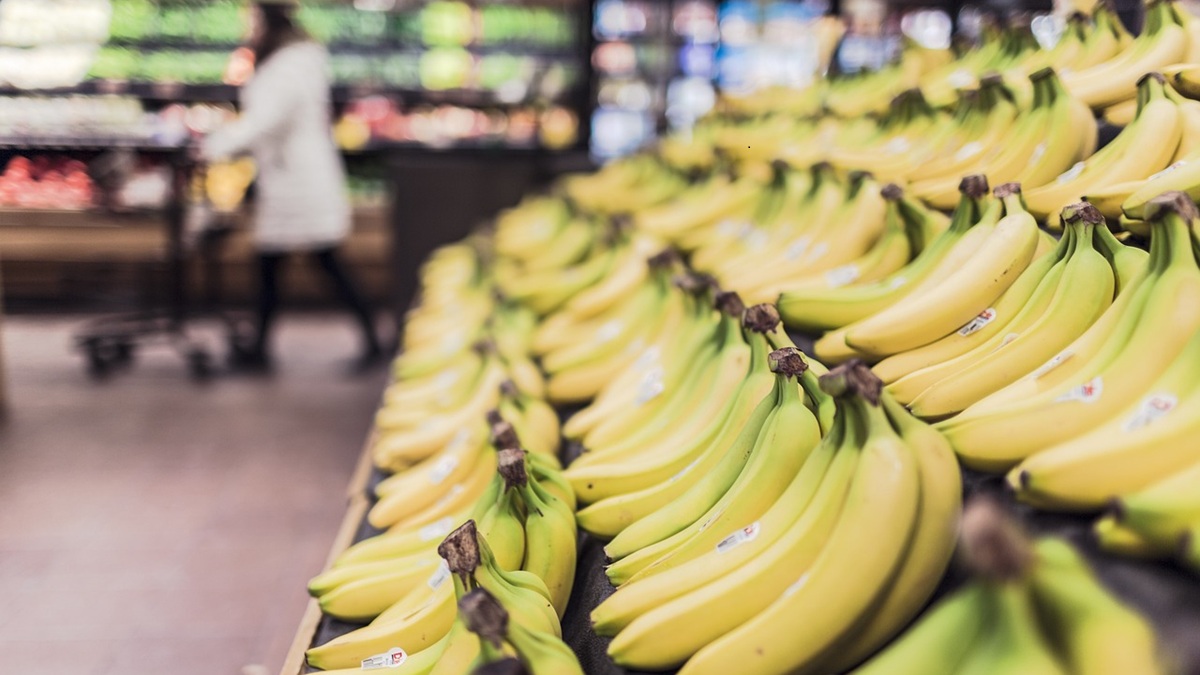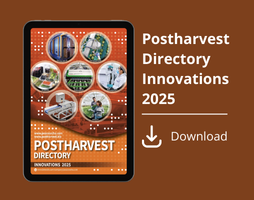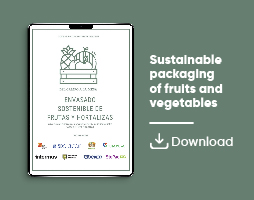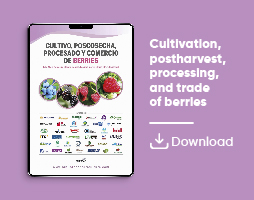News
Postharvest Reduction of Microbial Load in Medjool Dates Using Ethanol Vapor
The treatment with ethanol vapor had lower efficacy on bacerial load, and changed the volatile profile of the dates but did not have an apparent influence of their flavor
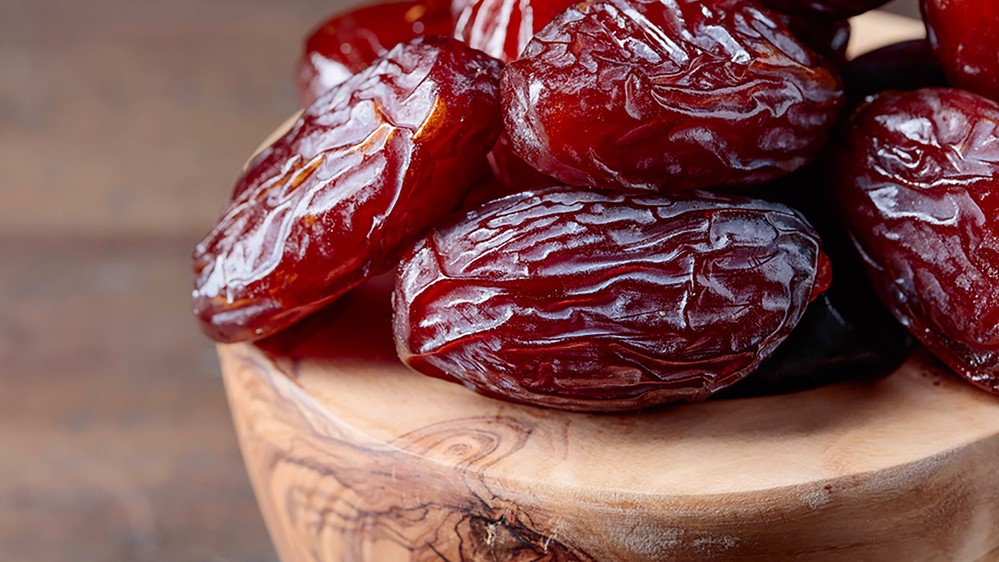
Medjool dates (Phoenix dactylifera L.) are a highly valued fruit cultivar known for their size, sweetness, and nutritional value. However, microbial contamination—particularly by fungi—poses a significant challenge for export due to strict microbial thresholds in several markets. This study investigated vapor-phase disinfection methods, specifically focusing on ethanol vapor, to reduce microbial load in Medjool dates after harvest or long-term storage. The aim was to identify a treatment that would ensure microbial safety while preserving the fruit’s quality attributes. Ethanol vapor emerged as a promising solution, offering a substantial reduction in fungal load with minimal effects on fruit flavor and appearance.
Introduction
Medjool dates are considered a premium cultivar due to their large size, high sugar content, and excellent sensory properties. With a water content typically between 20% and 30%, these fruits are marketed in soft and semi-dry forms and have garnered strong global demand. Their nutritional profile, which includes high levels of sugars, flavonoids, anthocyanins, and antioxidants, contributes to both consumer appeal and health-related value. However, postharvest challenges remain, especially regarding microbial contamination during storage and distribution.
Under optimal conditions, Medjool dates can be stored for up to a year at −18 °C or for shorter periods at ambient temperatures. Nevertheless, microbial spoilage, including fungal growth and souring due to bacterial fermentation, can develop when storage conditions are suboptimal. One key postharvest issue, aside from microbial decay, is skin separation—a physiological defect that diminishes the market value of otherwise healthy fruit.
Microbial surveys have consistently identified Aspergillus as the dominant fungal genus in mature dates, particularly in the ripe Tamer stage. Other genera, such as Penicillium, Cladosporium, and Candida, have also been reported, with notable differences between the skin and pulp tissues. Internal colonization of the cavity between the seed and flesh by Aspergillus can occur early in fruit development and persist into maturity, even when external symptoms are absent. This asymptomatic contamination poses a particular challenge, as infected fruit may bypass visual inspection protocols.
Although the incidence of visibly decayed fruit may be low, studies have shown that a significant proportion of asymptomatic fruit can harbor microbial populations above regulatory limits. For example, one study found Aspergillus in up to 62% of asymptomatic samples, despite visible symptoms being present in fewer than 3.5% of fruit.
Objectives
Given the variability in microbial standards across importing countries, exporters often face the risk of shipment rejection due to excessive microbial load. While traditional sanitization methods, such as water-based chlorine or peracetic acid treatments, have been applied to various fruits, their application to Medjool dates is limited. The high sugar content and low water activity of dates make wet treatments undesirable, both in terms of quality risk and processing practicality.
Ethanol has long been recognized for its antimicrobial properties and has been successfully used in postharvest systems for other crops such as lemons, grapes, peaches, and cherries. Ethanol vapor, in particular, has shown antifungal efficacy without direct contact, offering a dry alternative suitable for delicate fruits. Its effects on physiological processes, including ethylene biosynthesis, respiration, and tissue softening, have been documented in a range of horticultural products.
The goal of this study was to evaluate the potential of ethanol vapor and other non-aqueous treatments to reduce microbial contamination in Medjool dates while maintaining their sensory and physical quality. Specifically, the study investigated the effects of ethanol vapor, cold-plasma hydrogen peroxide, and peracetic acid treatments applied either after harvest or after long-term frozen storage.
Materials and Methods
Medjool dates were obtained from a single orchard across two consecutive seasons. In addition, dates stored for six months at −18 °C were sourced from a commercial packing facility. All samples were subjected to one of three treatments: exposure to ethanol vapor for a period of 20 hours, treatment with a cold-plasma applicator dispersing hydrogen peroxide, or immersion in a commercially available peracetic acid formulation. Following treatment, the fruit was stored either at 0 °C for one month or maintained at −18 °C for six months, depending on the experimental condition.
Microbial analysis was conducted to quantify fungal and bacterial populations, with additional sequencing used to characterize the dominant microbial genera. Quality parameters, including volatile composition, visual appearance, and sensory attributes, were assessed to determine the impact of treatments on fruit marketability.
Results and Discussion
Among the tested treatments, ethanol vapor consistently achieved a reduction of at least two orders of magnitude in fungal load. This effect was observed both in freshly harvested fruit and in fruit that had been frozen for six months prior to treatment. While ethanol vapor was less effective in reducing bacterial populations, it remained the most promising method overall due to its ability to lower fungal contamination without visibly affecting the fruit.
In contrast, the hydrogen peroxide treatment applied through a cold-plasma applicator demonstrated a stronger antibacterial effect but was associated with signs of tissue damage, particularly on the fruit surface. This cosmetic impact limits its use for high-value markets where visual quality is essential. The peracetic acid treatment provided moderate microbial control but did not outperform ethanol in any key parameter.
Interestingly, microbial counts on the surface and within intact fruit were found to be similar, suggesting that external contamination is the primary source of microbial load in asymptomatic dates. This finding supports the use of vapor-phase treatments that primarily target surface contaminants.
DNA sequencing confirmed that Aspergillus was the most prevalent fungal genus post-treatment and storage, while Bacillus dominated the bacterial communities. These results align with prior metagenomic studies and reinforce the importance of targeting these genera in postharvest sanitation protocols.
Volatile Composition and Quality Assessment
Although ethanol vapor treatment altered the volatile profile of the dates, these changes did not translate into perceptible differences in flavor. It is likely that ethanol, once absorbed into the fruit tissue, was metabolized to acetaldehyde and other volatiles, which then integrated into the existing aroma profile. Previous studies have identified alcohols and esters as dominant volatile compounds in date fruits, and changes in their relative abundance were consistent with the introduction of ethanol.
No significant changes were observed in fruit color, firmness, or sweetness, and sensory evaluations indicated that treated fruit remained organoleptically acceptable. This preservation of quality, combined with effective microbial control, underscores the potential of ethanol vapor as a postharvest tool for Medjool dates.
Conclusion
This study demonstrated that ethanol vapor treatment offers an effective, dry, and non-destructive means to reduce fungal contamination in Medjool dates. Its efficacy remained high even after long-term frozen storage, and the treatment did not adversely affect fruit quality. Given the limitations of wet sanitation methods for dates, ethanol vapor provides a viable alternative that aligns with industry needs for export compliance and product integrity.
Further work may be warranted to optimize treatment duration and ethanol concentration, particularly for scaling up in commercial packing operations. Nonetheless, ethanol vapor represents a promising addition to the postharvest management strategies for premium date cultivars.
Sources
Yaara Danino, Bettina Kochanek, Kamal Tyagi & Amnon Lichter. (2025). Postharvest ethanol vapor treatment reduces fungal load of Medjool dates. Postharvest Biology and Technology, Volume 227, 113570
https://doi.org/10.1016/j.postharvbio.2025.113570
Picture, https://royalpalm-dates.com/product/medjool-dates/


